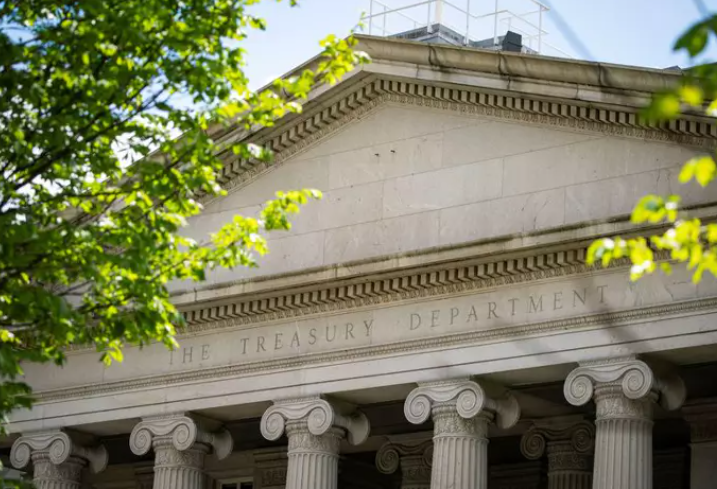
Florala Chen
Jan 20, 2023 11:39

In the snow and ice on the main drag in Davos, the impact of the crypto winter is plain for WEF attendees to see.
Last May, the dressed-up shop fronts that line both sides of the Promenade street running through the Swiss ski resort were dominated by crypto firms, rolling in bitcoin.
Now there are just a handful and the executives who have made it to Davos have swapped their hoodies for blazers, despite sub-zero temperatures outside.
Some of those from the digital industry which have set up shop on the fringes of the World Economic Forum (WEF) annual meeting were quick to distance themselves from cryptocurrencies.
“I hope there’s an increased focus on utility value and practical applications of the technology, and less focus on retail investors chasing meme coins,” Jeremy Allaire, CEO of USDC stablecoin issuer Circle, said.
“There was a lot of nonsense,” Allaire told the Reuters Global Markets Forum.
Former Reserve Bank of India Governor Raghuram Rajan believes last year’s plunge in digital assets allows investors to focus on the true value of the technology.
“We’re at the right place now in terms of crypto,” he said.
Executives in Davos said they are now all about blockchain technology, proper controls and regulation, and the promise of disruption that it holds for financial services and beyond.
“We are an infrastructure, plumbing play. We build infrastructure today for digital assets, which is crypto. Tomorrow it will be different assets,” said Dmitry Tokarev, chief executive of Copper, which provides custody services.
“I would question some of the stuff that I saw, ‘What is the return on that?'” Tokarev added, referring to the big presence of crypto companies at the last WEF meeting, which was unusually held in May as a result of the COVID-19 pandemic.
“We have been always ignoring the noise. All our partners were here last year. They are here this year,” Tokarev added.
The world of digital assets has changed drastically since May, with the value of the crypto market plummeting and some of the major crypto companies going under as investors pulled back from riskier assets in the face of rising interest rates.
The market capitalization of crypto currencies has shrunk by $1.4 trillion, a third of its value from peaks hit in late 2021 and some of the best-known crypto firms are under stress or have gone under, including the collapse of crypto exchange FTX.
“There is a place for trading use cases but they cannot be the singular focus, we need to move to more real use cases and put attention there,” said Denelle Dixon, CEO of Stellar Development Foundation, which supports the Stellar blockchain.


Jan 20, 2023 11:43